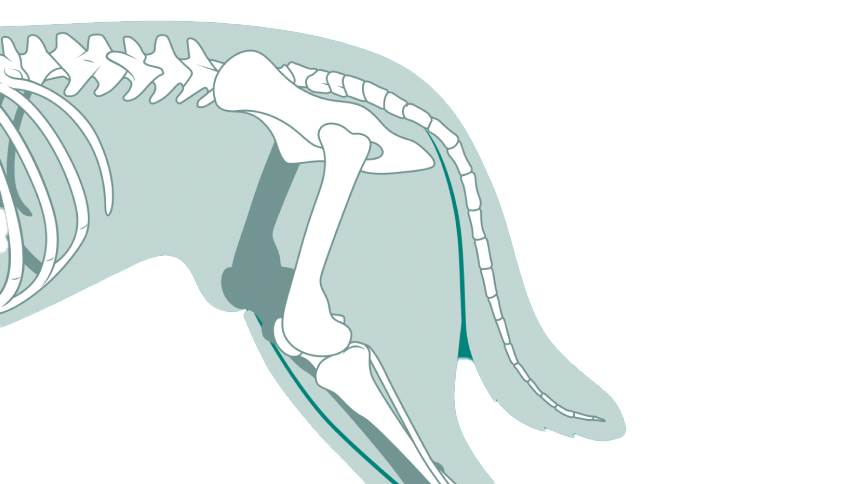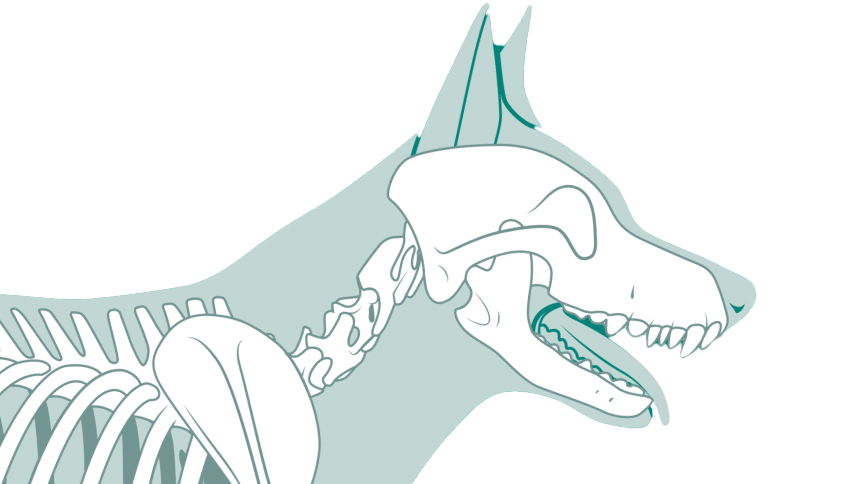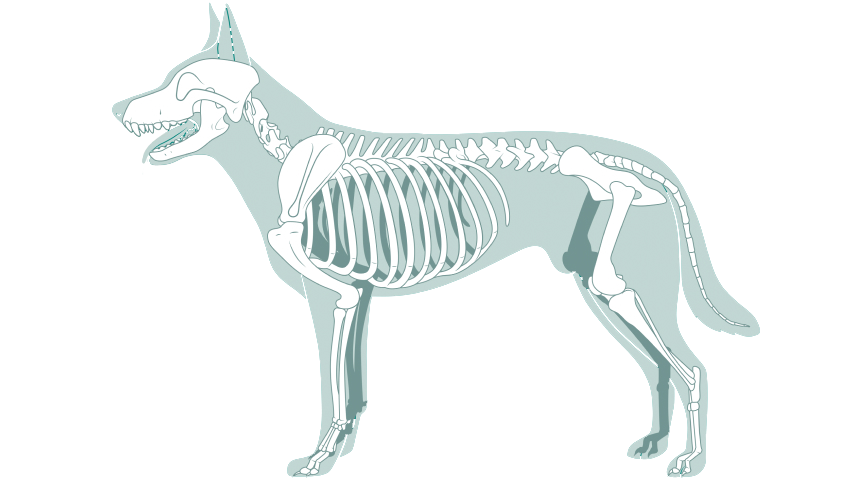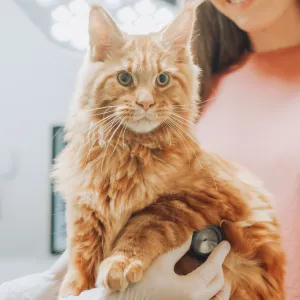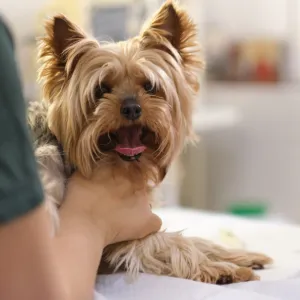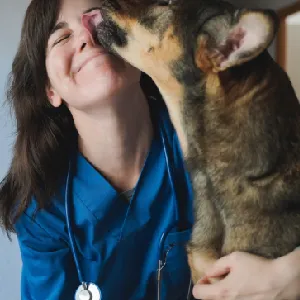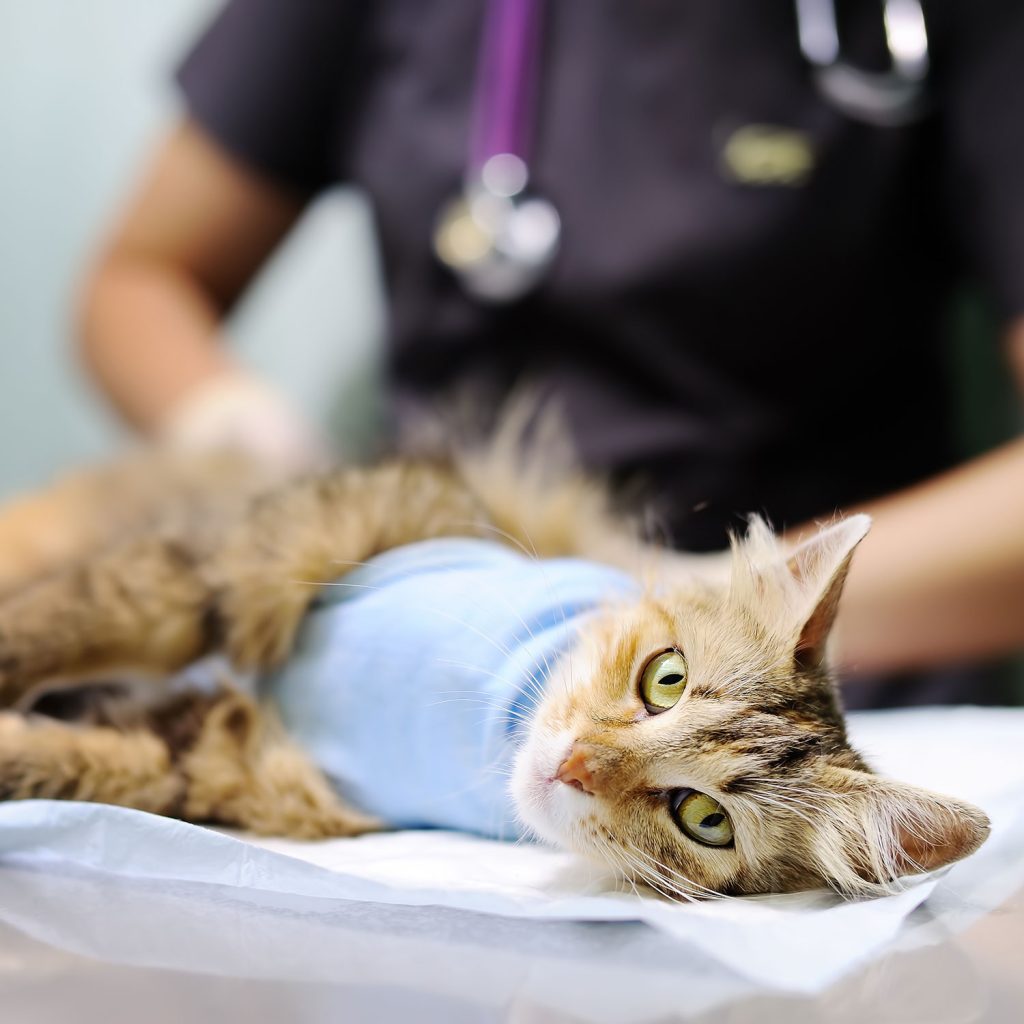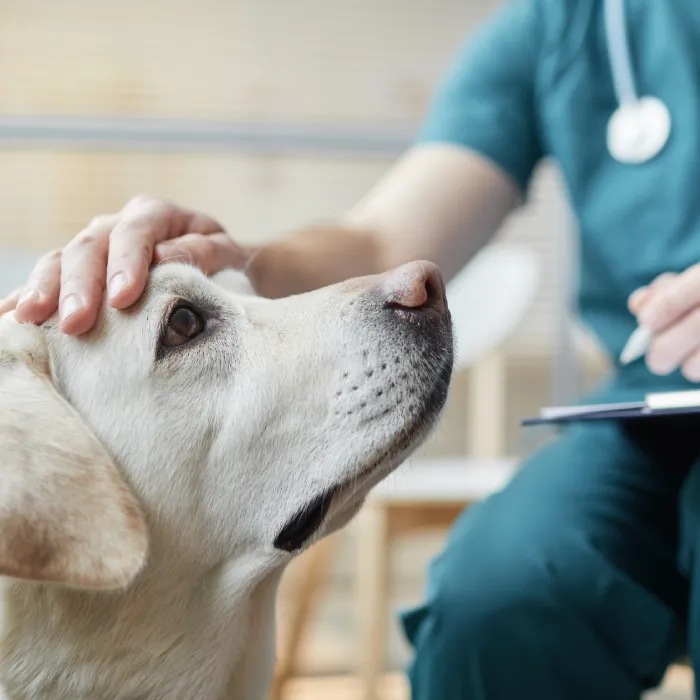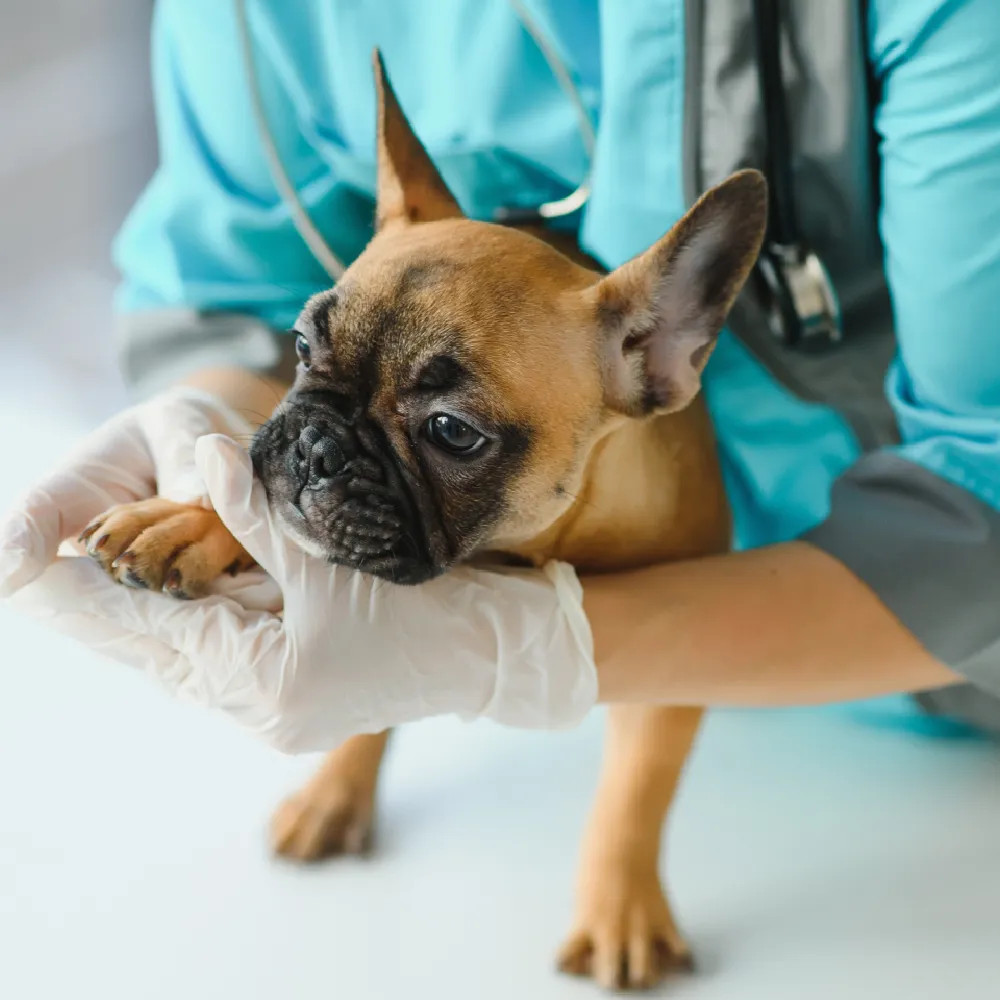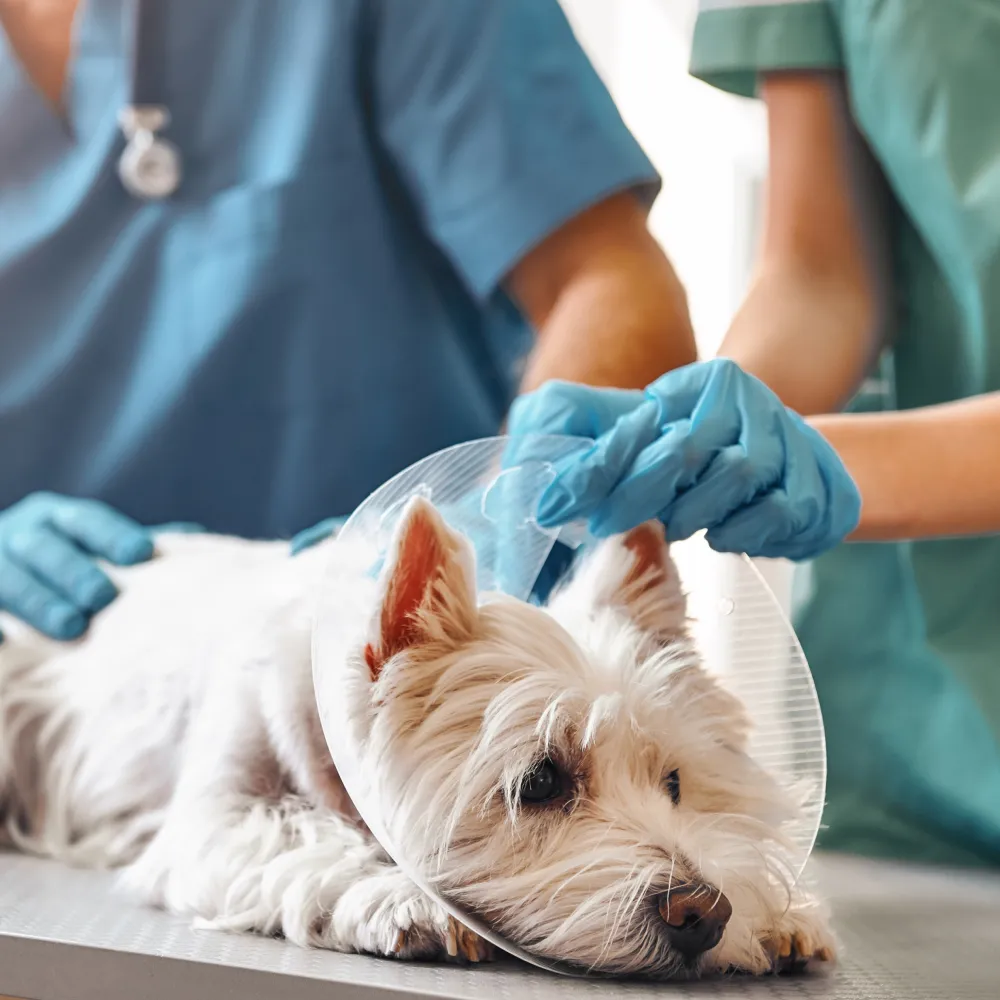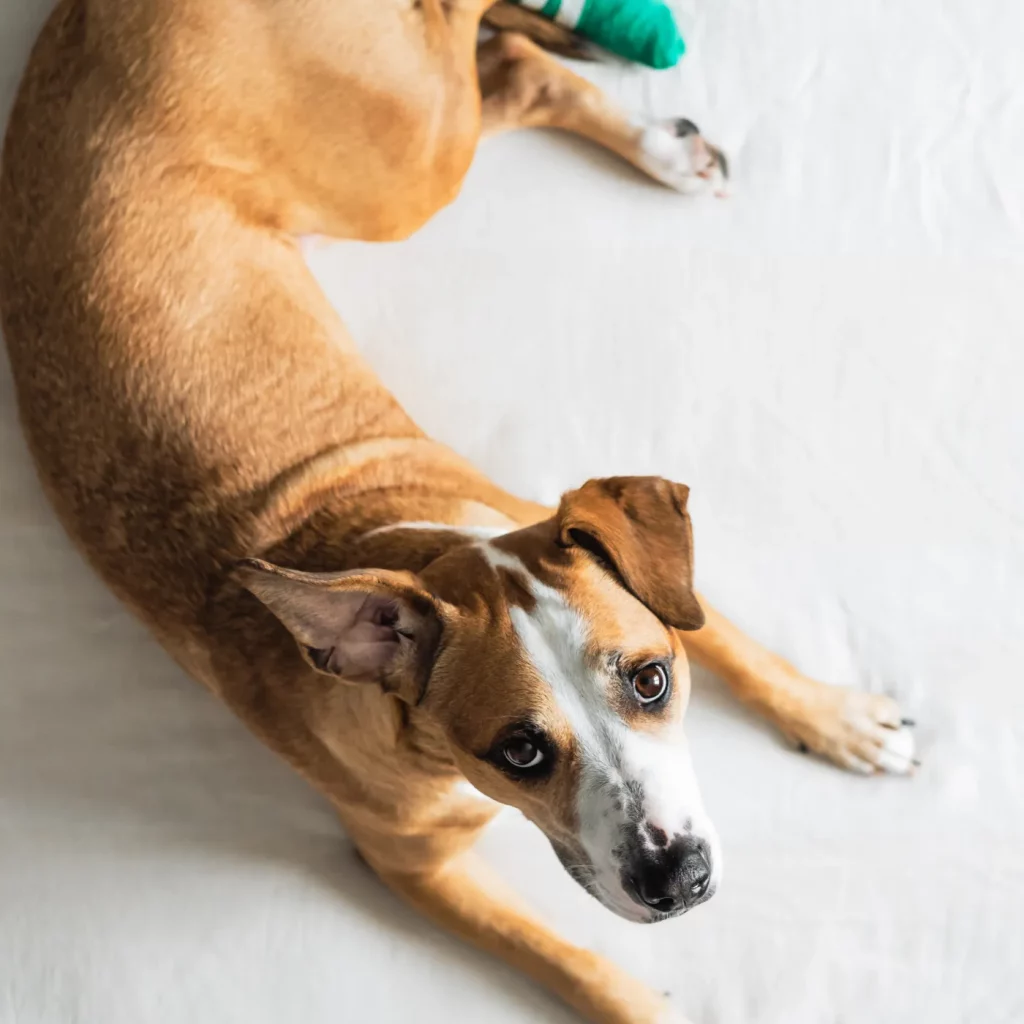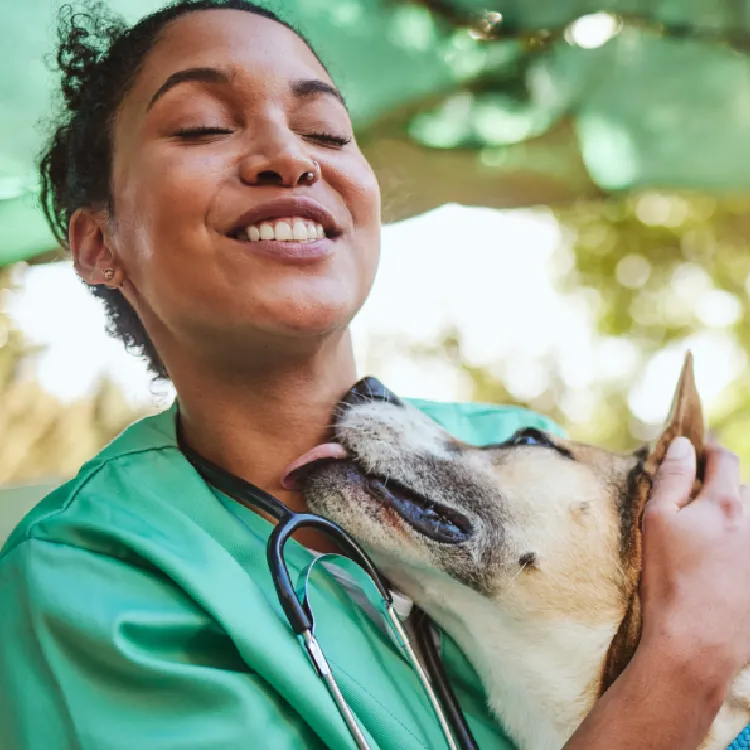Hip dysplasia occurs when the hip joint develops abnormally, leading to laxity and instability. Over time, this instability causes wear and tear on the joint, resulting in arthritis and chronic pain. TPO is a corrective surgical approach that repositions the pelvic bones to provide better coverage of the femoral head, stabilizing the hip joint and reducing the risk of arthritis. The surgery is most effective in young pets with early-stage hip dysplasia, as their joints have not yet suffered irreversible damage.
TPO involves precise surgical techniques to realign the hip joint and improve stability. Under general anesthesia, the surgeon makes controlled cuts (osteotomies) in three locations on the pelvis: the ilium, pubis, and ischium. This allows the acetabulum (hip socket) to be rotated to achieve optimal coverage of the femoral head.
Once the bones are repositioned, specialized plates and screws are used to secure the new alignment, ensuring stability during healing. The procedure is typically performed on one hip at a time, with the second hip addressed later if necessary.
TPO is specifically designed for young dogs, typically under 12 months of age, with hip dysplasia detected early. Ideal candidates are those with mild to moderate joint laxity, no signs of arthritis, and no significant degenerative changes. Certain breeds, such as Labrador Retrievers, German Shepherds, and Golden Retrievers, are more prone to hip dysplasia and benefit from early screening to identify candidates for TPO. This procedure is not recommended for pets with advanced joint damage or severe arthritis, where other interventions like total hip replacement may be more appropriate.
Pets considered for TPO require comprehensive evaluation, including physical exams and imaging, to confirm the diagnosis and assess joint health. Pre-surgical bloodwork ensures the pet is fit for anesthesia and surgery. After the procedure, a structured recovery plan is essential:
- Controlled Activity: Restricted movement during the initial healing phase prevents complications and promotes bone fusion.
- Rehabilitation: Physical therapy may be introduced gradually to restore strength and mobility in the affected limb.
- Follow-Up Care: Regular veterinary check-ups, including X-rays, monitor the healing process and confirm the success of the surgery.
With proper care, most pets recover fully, enjoying improved hip function, reduced pain, and an active, happy life. TPO is an invaluable tool for veterinarians and pet owners seeking to prevent the long-term effects of hip dysplasia in young animals.
Our areas of expertise
Transforming the way orthopedic care is delivered
For Vets
Refer your patients to our specialists using our streamlined online portal.
Referral portalFor Pets
Request a consultation or prepare for surgery with us and experience expert compassionate care every step of the way.
Request a consultation